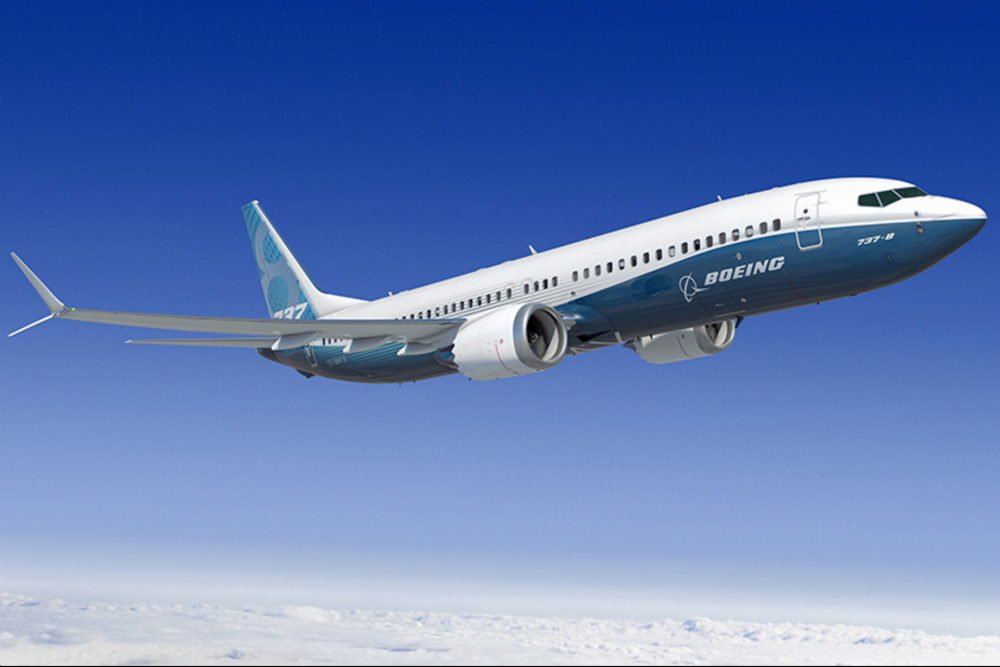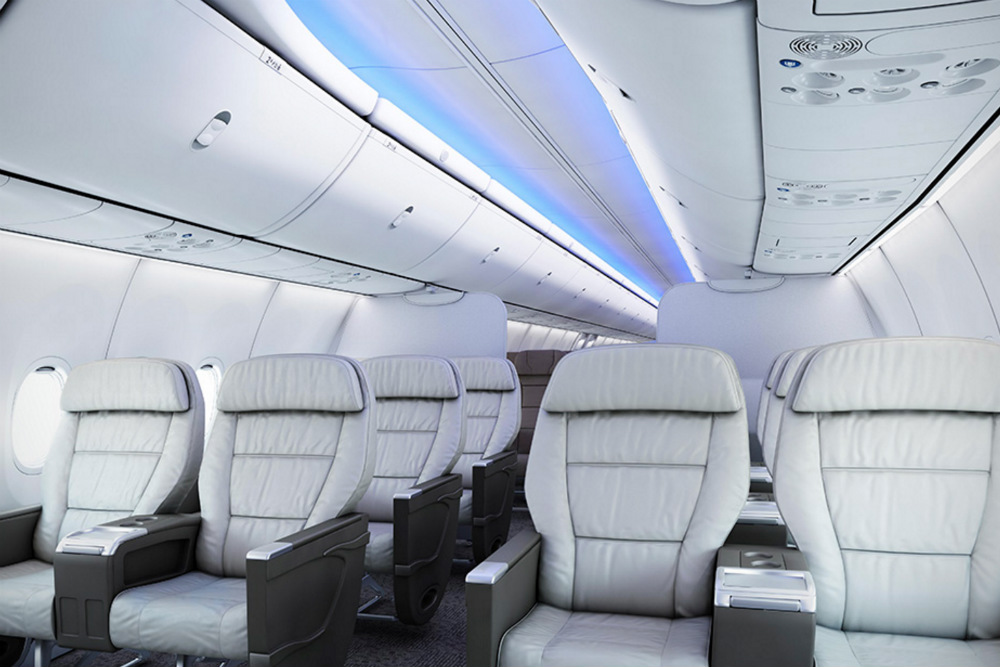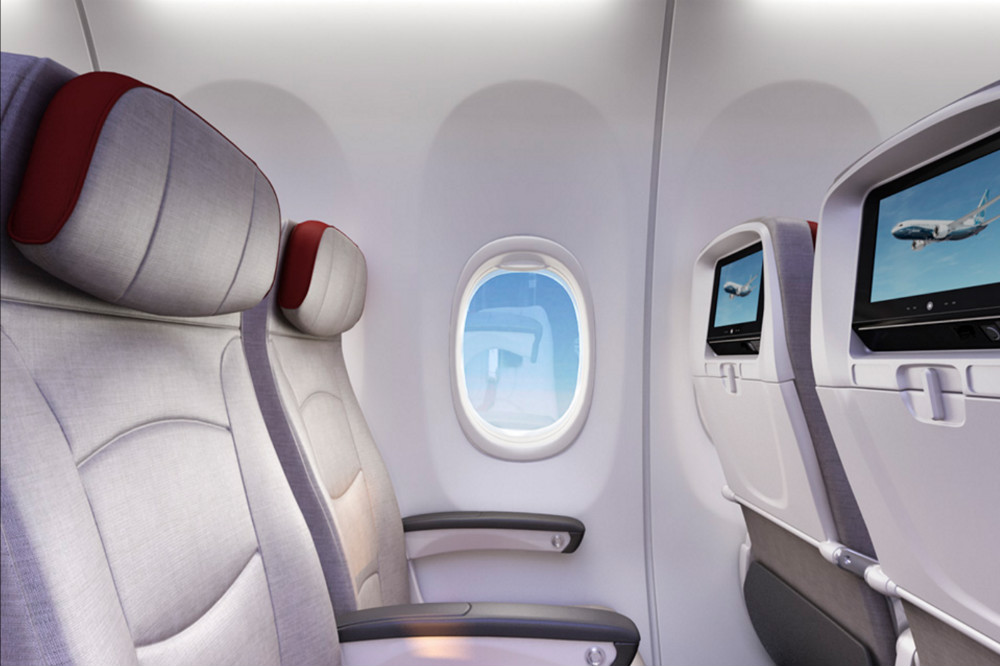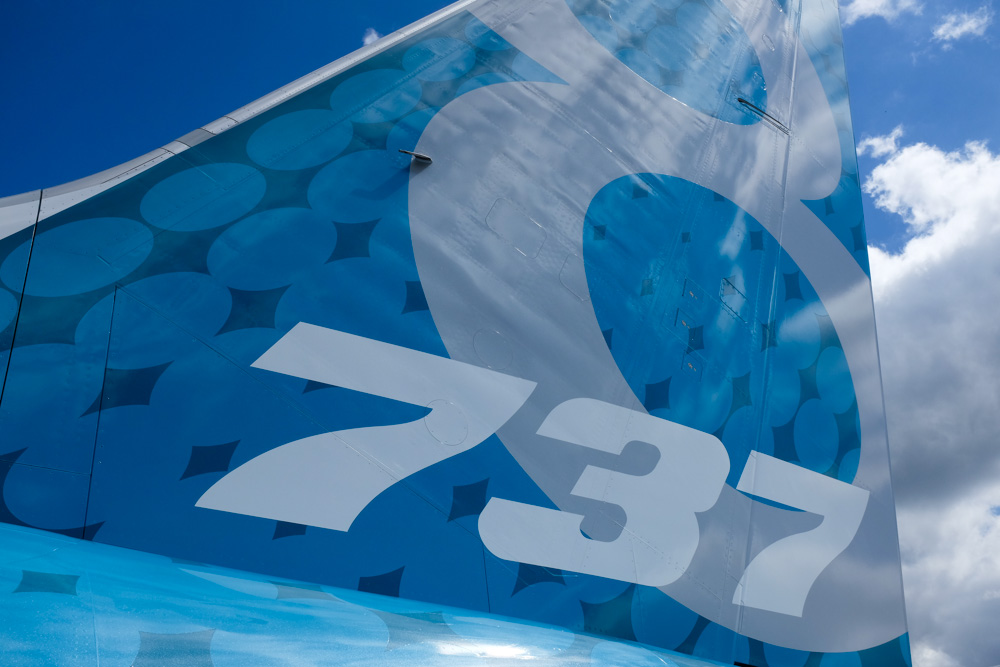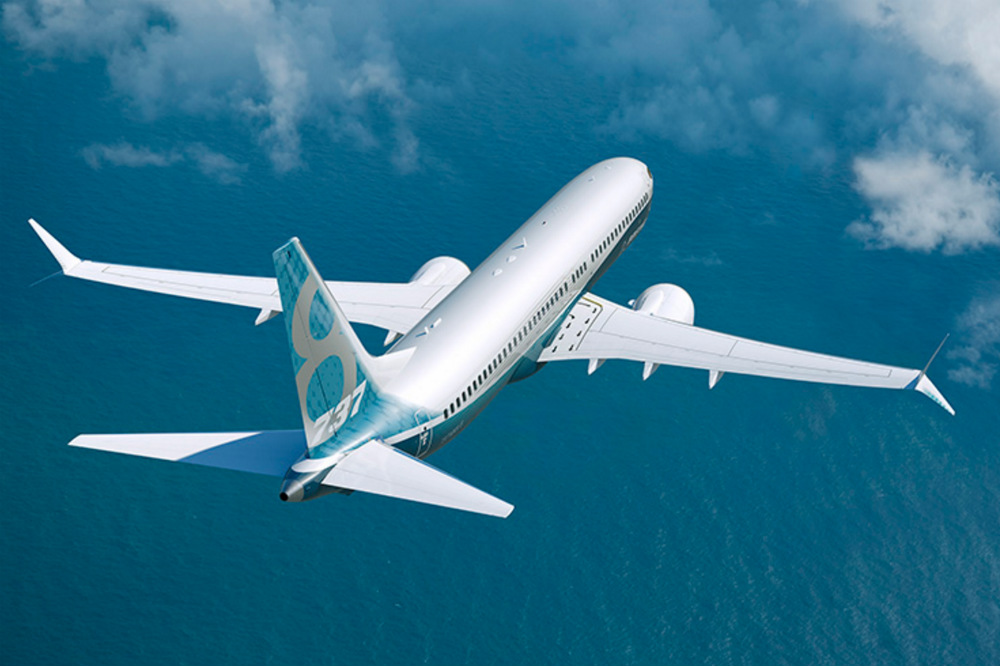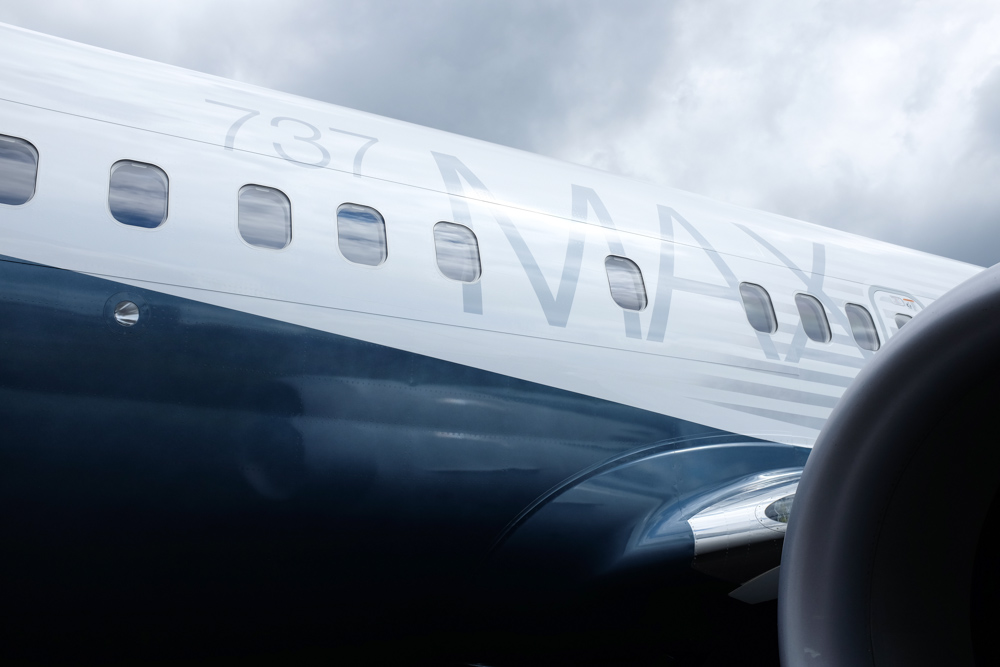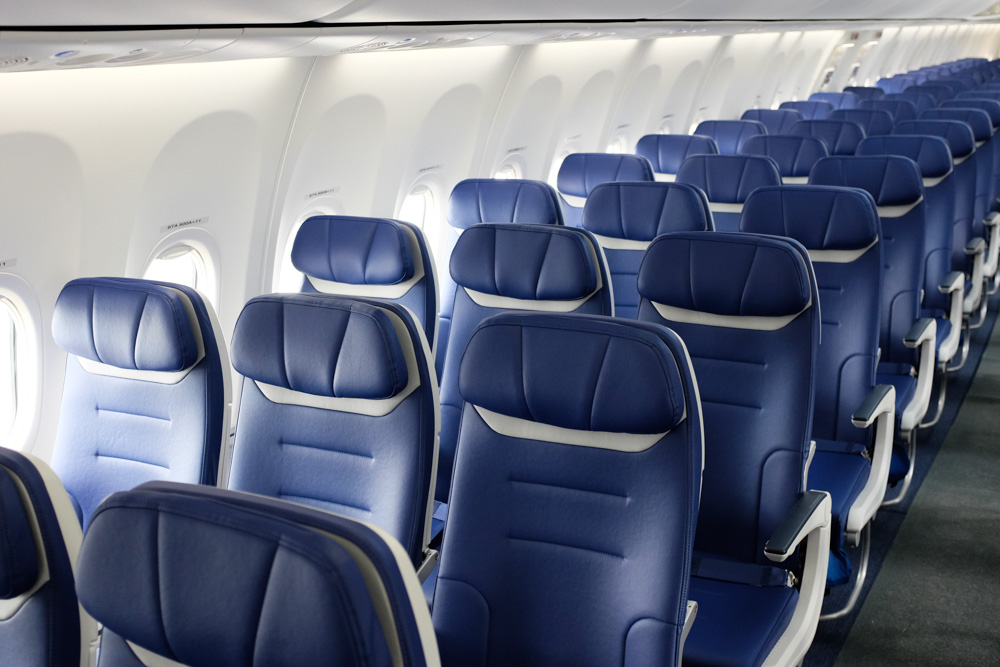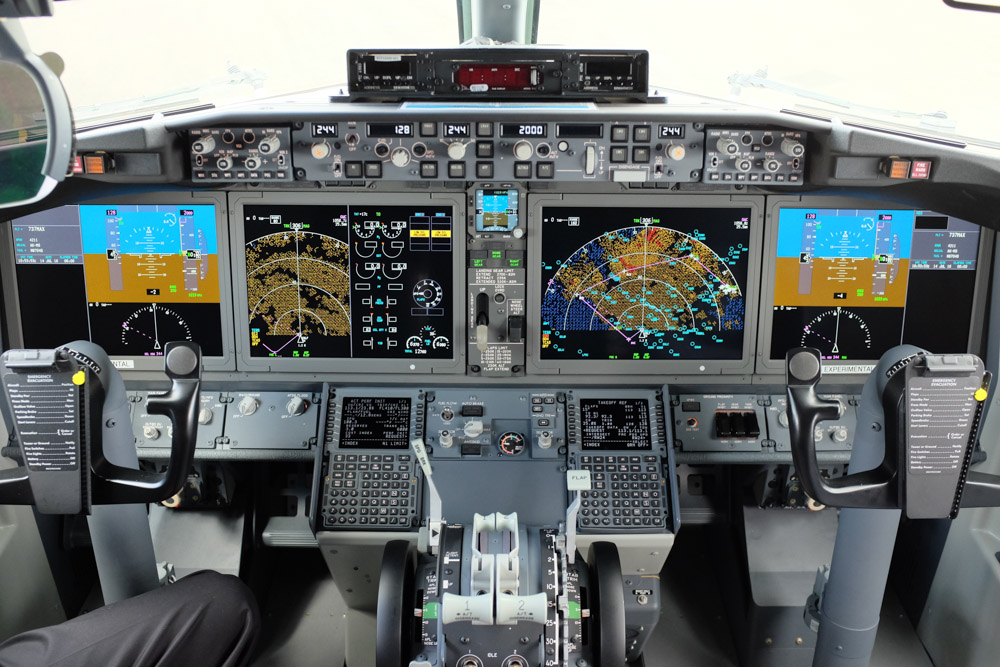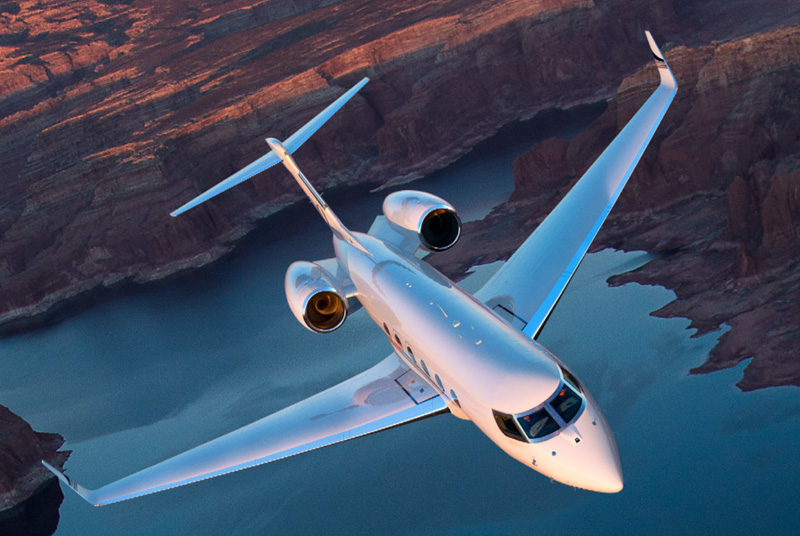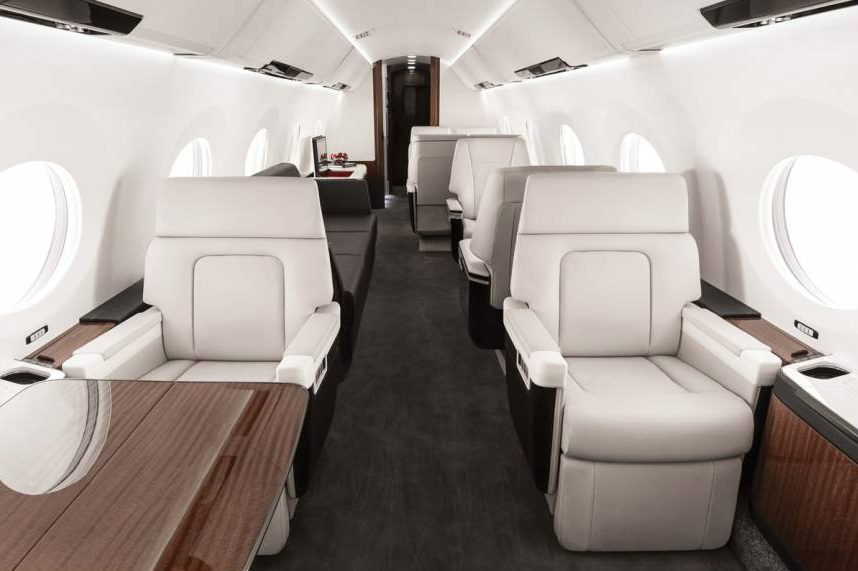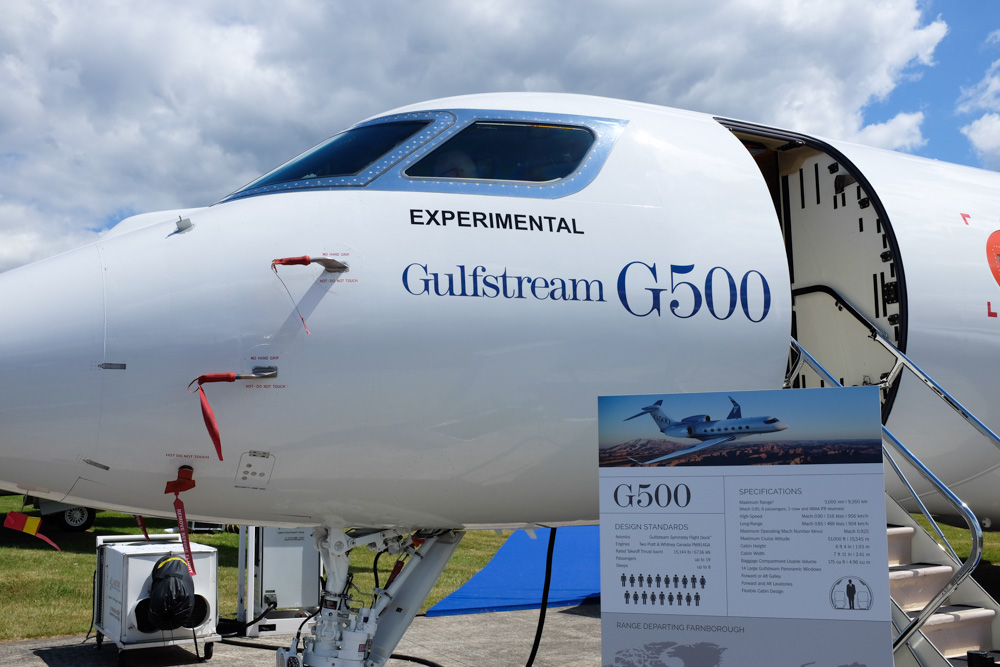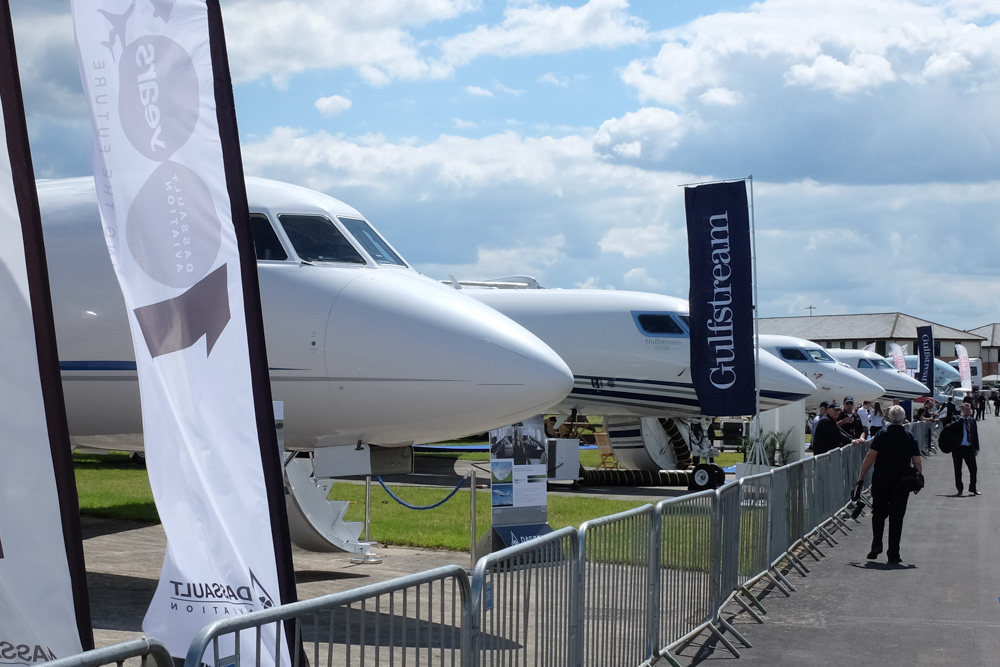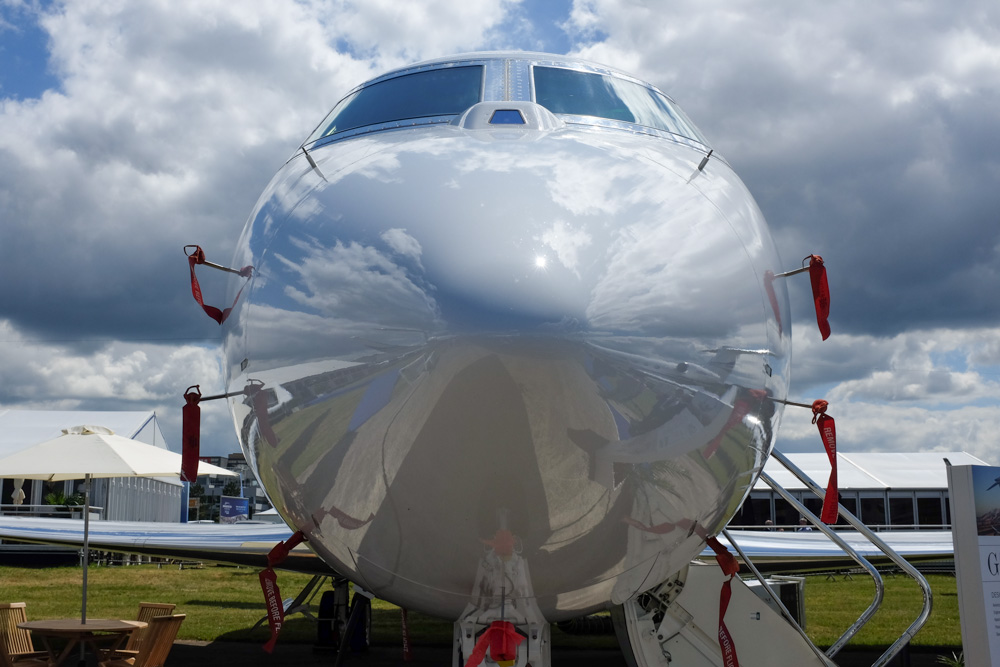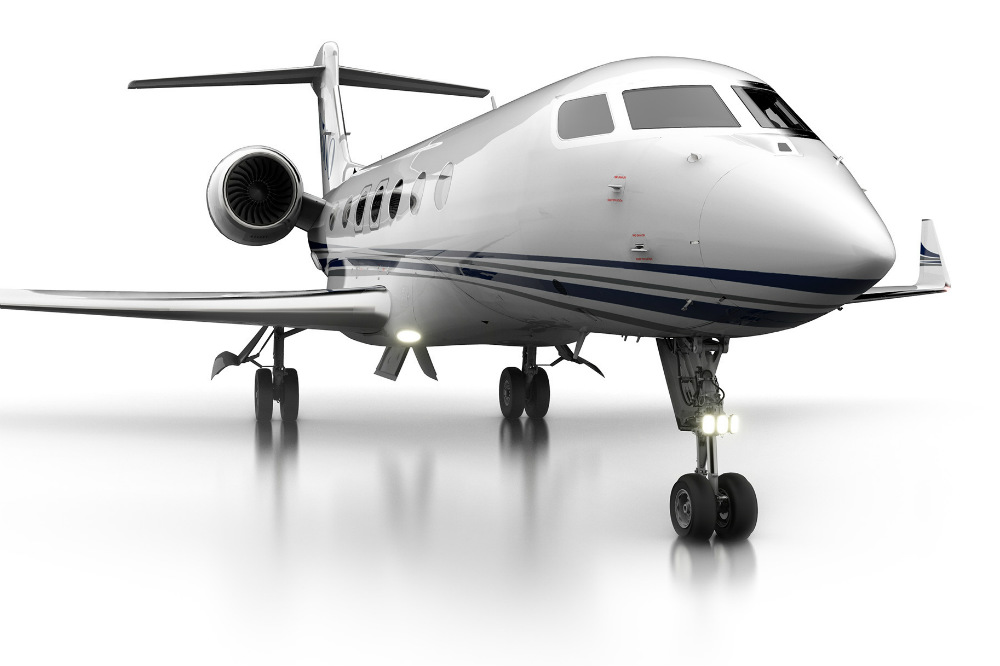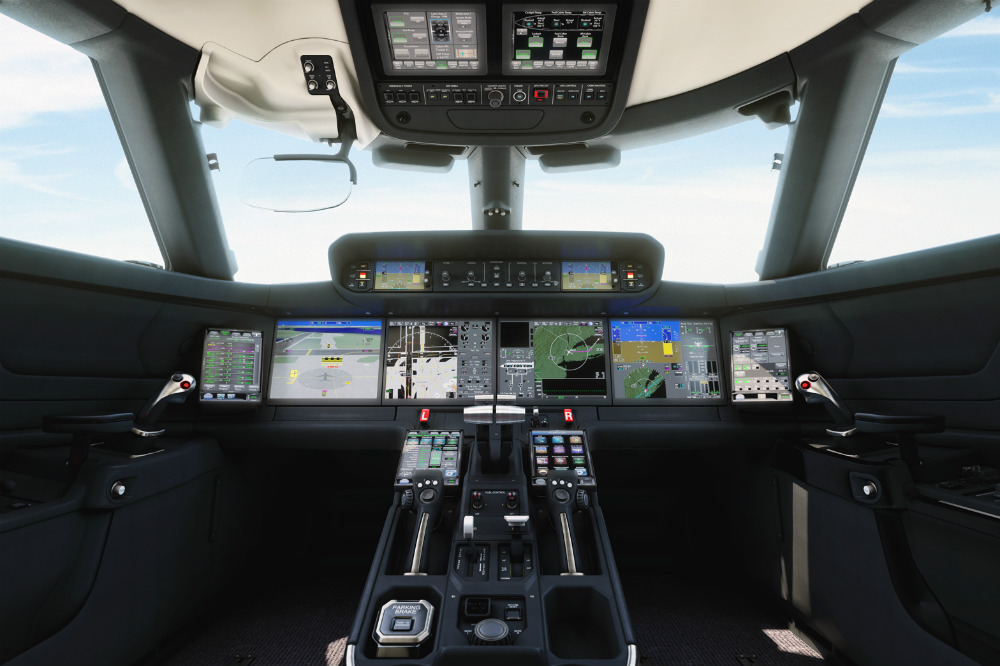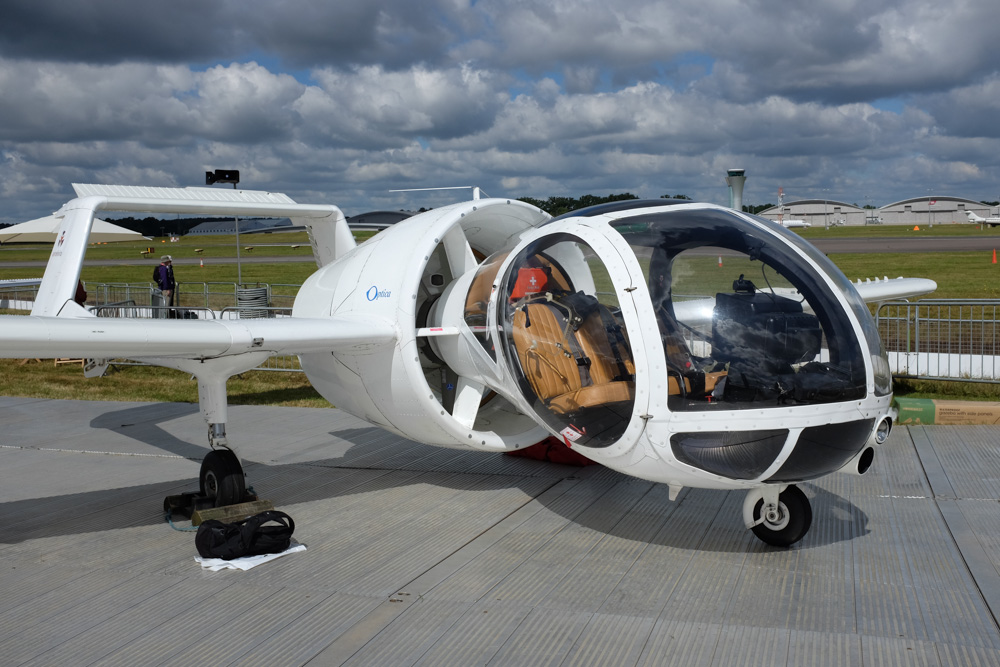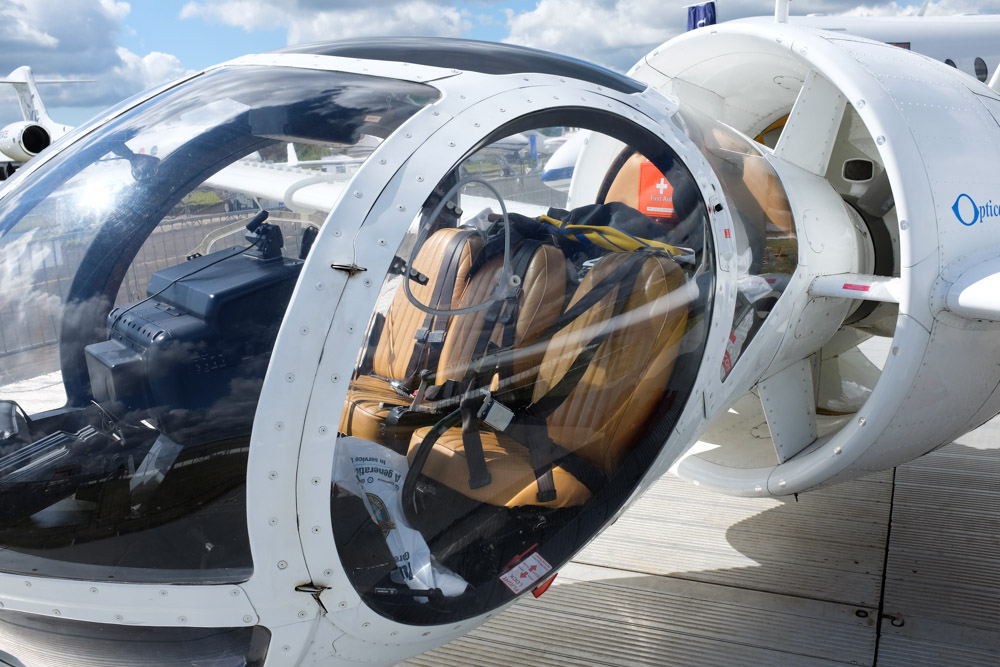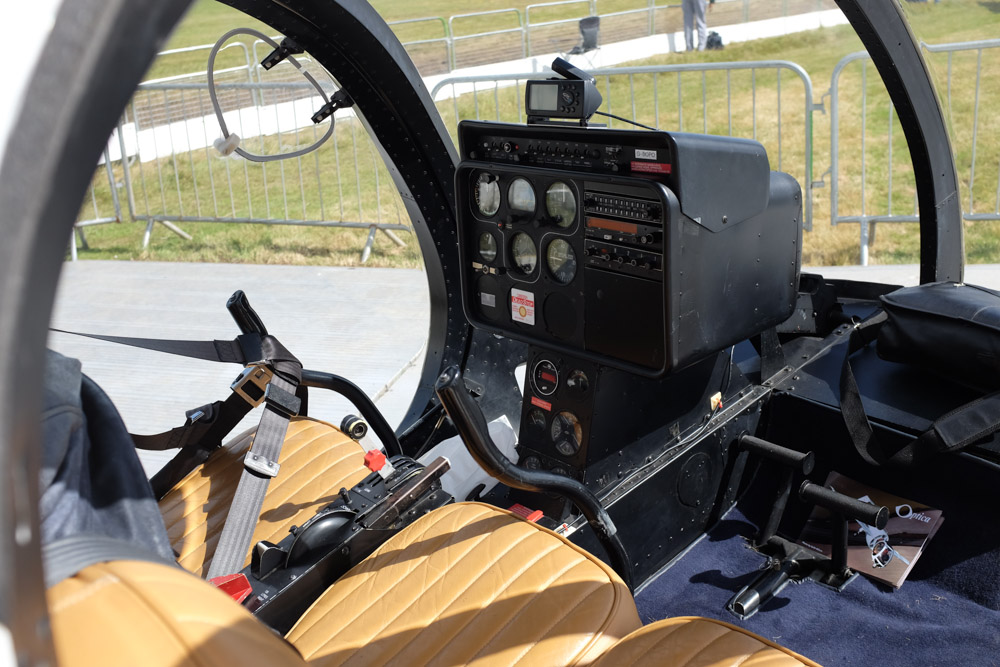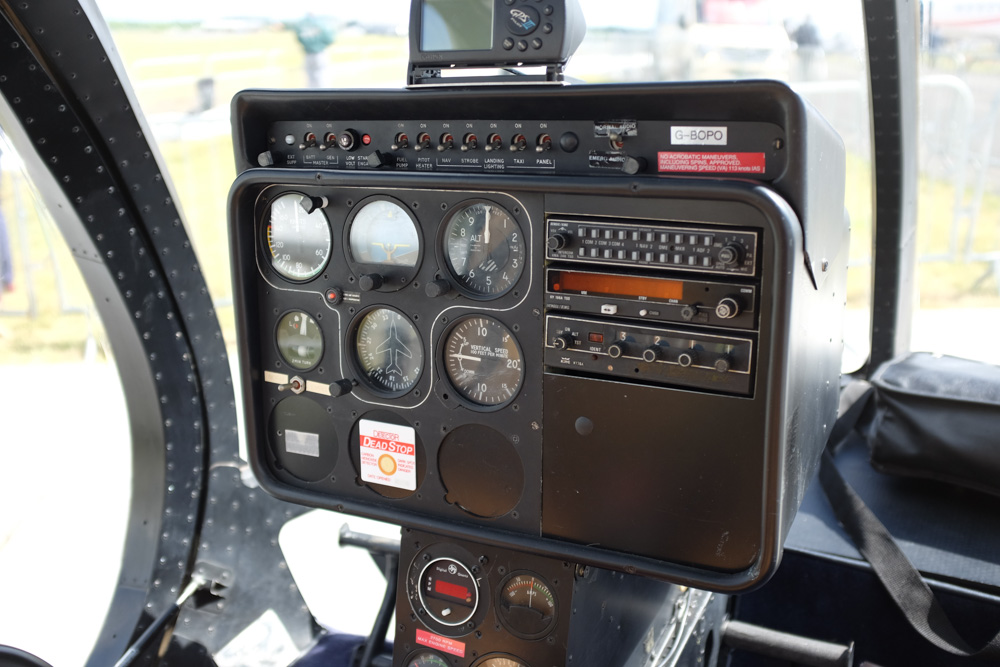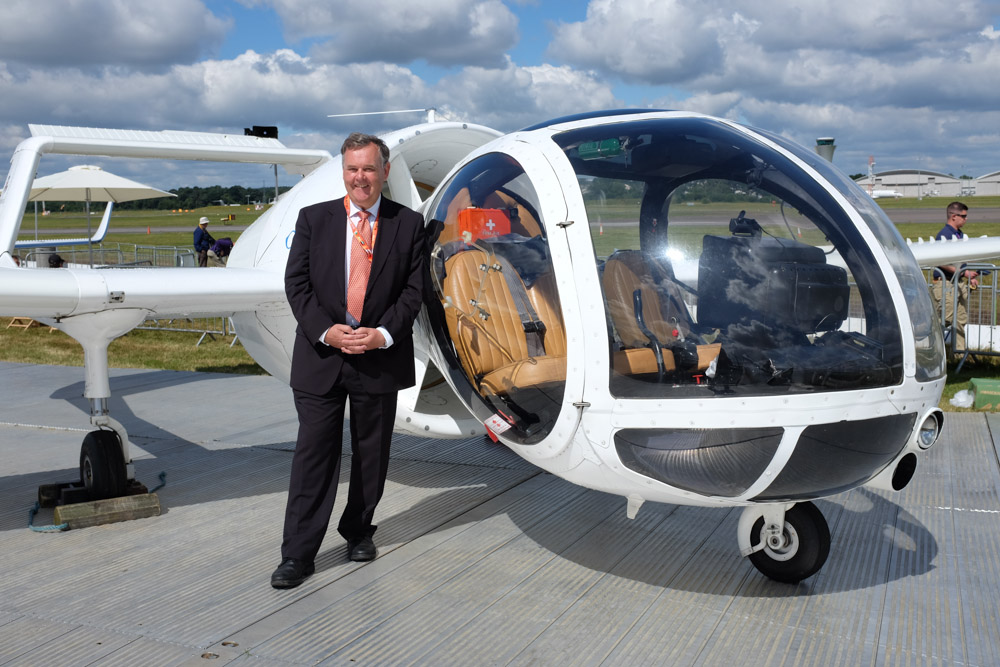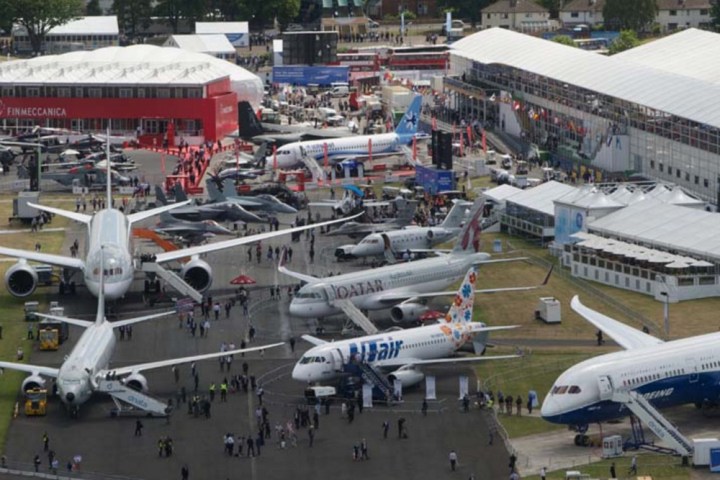
Digital Trends dropped by the show this week and picked out three very different aircraft that caught our eye – one you might soon find yourself on, one you most probably won’t, and another that simply made us smile.
Boeing 737 Max 8
Farnborough’s 2016 air show couldn’t be better timed for Boeing as Friday marks the company’s 100th anniversary.
The Chicago-based plane maker has been showing off the latest version of its striking 737 Max passenger jet, an aircraft that could soon be taking you across the U.S. and beyond after Southwest Airlines became one of the first carriers to ink a deal for 200 of the planes.
Depending on how a carrier customizes the interior of the rather snazzy Max 8, passenger numbers will range from 162 to 200. The higher ceilings and curved overhead bins of the plane that we stepped aboard in Farnborough gave the cabin a wonderfully light and spacious feel, while the redesigned side walls gave added prominence to the windows, which happen to be 20 percent bigger than those on the jet’s nearest rival, Airbus’s A320neo.
The 737 has been in the skies since 1967, its huge popularity motivating Boeing to revamp the single-aisle aircraft multiple times over the years. The airline manufacturer is trumpeting the Max 8 for its ultra-efficient, ultra-quiet performance, offering passengers a peaceful flying experience while helping to cut noise pollution for those living under its flight path. And look out for the plane’s unique C-shaped winglets (shown in the gallery above), an additional design feature that Boeing says brings significant improvements in fuel economy.
Gulfstream G500
Gulfstream has made a name for itself over the years thanks to plenty of interest from the rich and famous. Owned by the likes of Tom Cruise, Tiger Woods, Jim Carrey, and John Travolta (who happens to have three of them), with each paying upwards of $36 million a time, Gulfstream jets are synonymous with comfort and luxury.
The company flew into Farnborough this week with a pricey fleet of suitably stylish jets. Alongside reliable favorites such as the G280 and G450 sat the G500, one of its very latest models. The plane, which can carry as many as 19 passengers, can hit speeds of up to 690 mph and has a range of 5,000 miles. That means you can fly from LA to London and still have 265 miles to spare.
Farnborough’s G500 flew direct from Gulfstream’s base in Savannah, Georgia, in just under seven hours, reaching 45,000 feet during the flight. When it goes into service in 2018, the swish-looking aircraft is likely to cost moneyed buyers somewhere in the region of $45 million. And that’s before they add all the extras.
Optica
As cute as it is quirky, AeroElvira’s prop-engined Optica aircraft proved a real head-turner at this week’s show. It might look like a wacky toy born from the mind of an eccentric inventor, but in reality the Optica was designed with a serious purpose in mind: observation. “Incorporating the cabin of a helicopter, it offers excellent visibility at slow speeds,” AeroElvira’s Emlyn Coldicott told Digital Trends. In fact, the very model on display at Farnborough has been used by the Spanish government to survey wildfires there.
Significantly, the three-seat flying machine’s running costs are half that of a helicopter, and, sounding “a bit like a washer,” it’s much quieter too. It might surprise you to learn that the Optica can stay in the sky for up to eight hours, though as Coldicott quipped, “You might want to take a plastic bottle with you” if you decide to embark on a flight that long.
The Optica, designed and built in southern England, actually made its maiden flight way back in 1979, but various issues halted production 11 years later. The aircraft’s engine is, however, revving up once again, with moves by investors suggesting production could restart within a couple years.
And if you’re thinking camera-equipped drones could dent Optica’s chances of success, the company sees no such problem, describing UAVs as a complementary technology rather than a threat.
